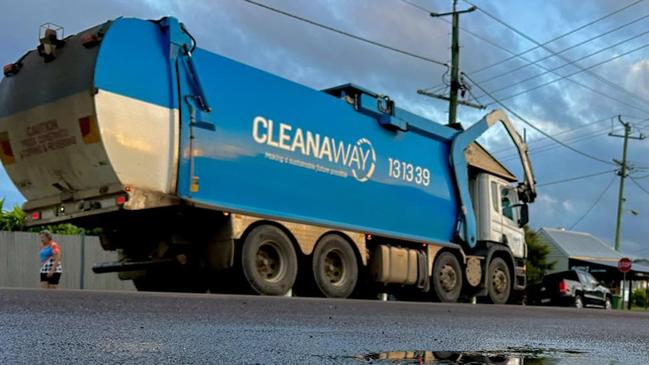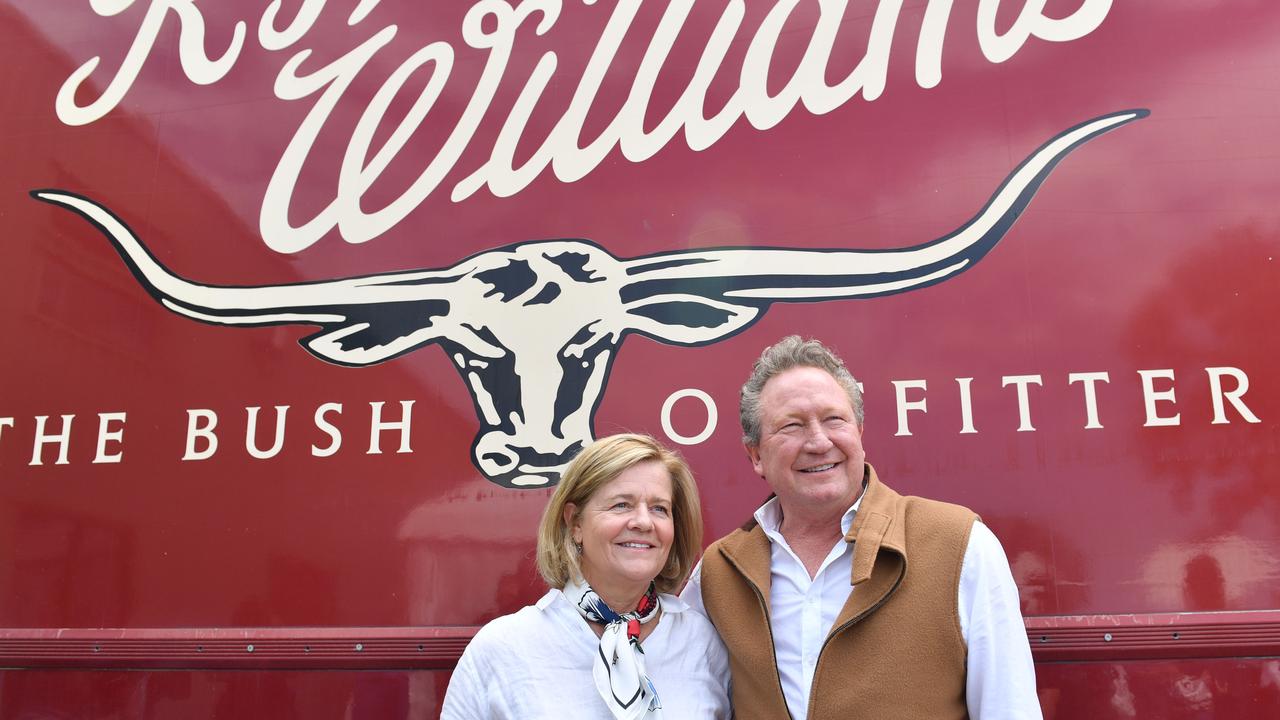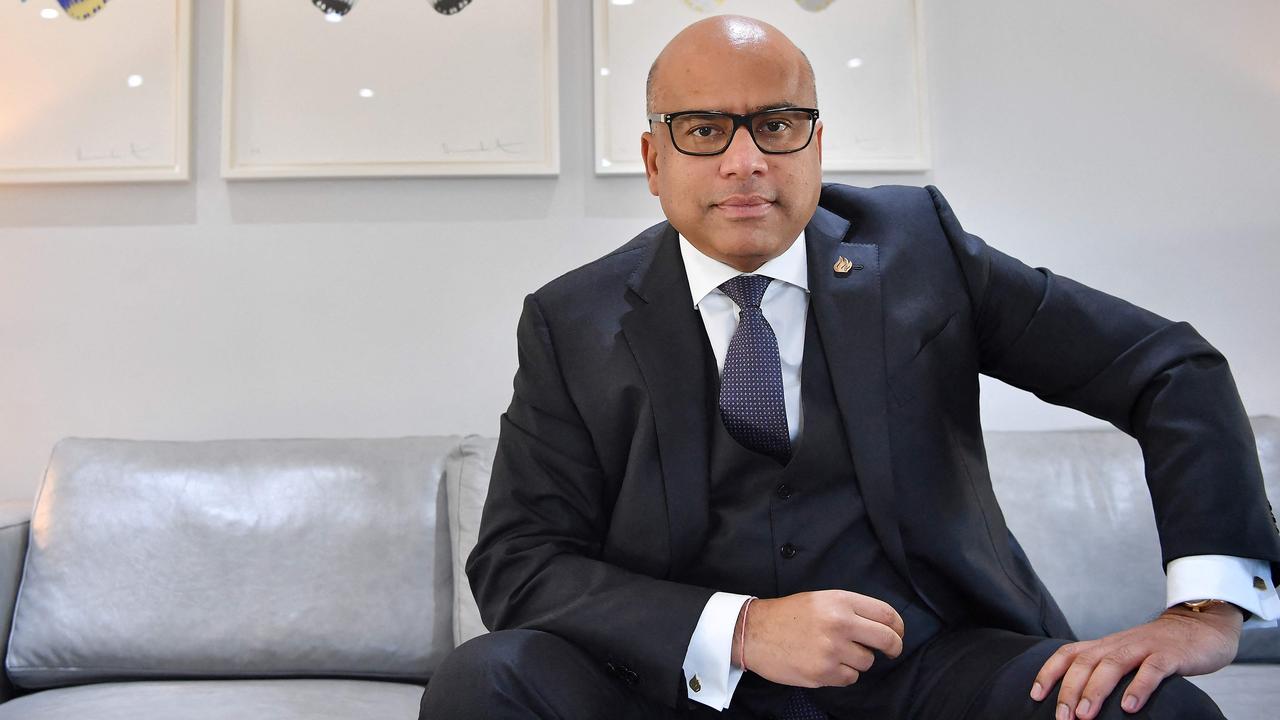Cleanaway investing in training, culture in bid to retain workers
Cleanaway is investing in culture and training at sites across the country in a bid to combat high worker turnover rates that are crimping productivity.

Waste management company Cleanaway is having “stay conversations” with new employees, and investing in culture and training at sites across the country, in a bid to combat high staff turnover rates that are crimping productivity following a major recruitment drive.
Managing director Mark Schubert says the measures will help to reduce the spike in first-year turnover rates that have emerged across the business after it rapidly filled most of the 1000 job vacancies that peaked amid the labour shortages of 2022-23.
“We’re back down just above our normal level of 300 to 400 vacancies, but what we’re seeing is that first year voluntary turnover is higher than what we’d like,” he told The Australian after handing down the company’s interim results on Friday.
“We rapidly filled it, and so we’ve got a combination of maybe we employed some people who just aren’t going to fit, and also some people who maybe weren’t sure what they were getting into.
“The net effect is we’re seeing some turnover, but we’re also not seeing the productivity of that new group as high as we would like.
“We’re doing stay conversations with people, we’re doing targeted, site-based culture work, and we’re really targeting our improvement activity on those drivers or operators who might be struggling a bit.”
While the company previously leaned more on labour hire workers and contractors, when full-time workers were hard to find, Mr Schubert said labour shortages were continuing to ease, and the government’s new industrial relations laws were therefore unlikely to have a material impact on the business.
“As we’ve filled the vacancies sub-contractors have really dropped,” he said.
“And with labour hire, mainly we only use that in our industrial and waste services business as we gear up and gear down for project work, so it doesn’t really change our ability to do that sort of thing.
“On right to disconnect, we’re not too concerned about it because we think it’s trying to deal with unreasonable contact out of hours.
“It’s quite reasonable to call someone and say hey would you like to do a shift or we’ve got an emergency, are you able to come to work?
“So it doesn’t preclude that. That said, we will make sure our supervisors are all trained on what is the difference between reasonable and unreasonable.”
Cleanaway, which operates 330-odd branches across the country, reaffirmed its full-year guidance on Friday, after reporting underlying earnings before interest and taxes of $173.9m for the six months to December, up 26 per cent on the previous corresponding period.
The group reaffirmed its full-year EBIT guidance of about $350m, as well as its “mid-term financial ambition” of more than $450m in 2025-26.
Net revenue was up 7.9 per cent to $1.5bn, driven by new business, increased prices and organic growth across its solid waste, liquid waste and health, and industrial waste segments.
Statutory net profit was up 52 per cent to $74.3m.
Mr Schubert said the recovery of Cleanaway’s solid waste business in Queensland was exceeding expectations following the closure of the New Chum landfill site in 2022.
And the company was holding firm on pricing despite heightened competition in some markets, including in Melbourne, where the company operates Melbourne Regional Landfill - the largest landfill site in the southern hemisphere.
“There’s some pockets where there’s high competition,” Mr Schubert said.
“There’s five landfills in the Melbourne area, and that market is reasonably price sensitive. So therefore, we’ve been doing a lot of work on things like getting our mix right, turnaround times, cost with tarps, that sort of thing. And also getting the benefits of increased energy production from MRL.
“I think in certain areas of C & I (commercial and industrial), we see some pockets of heightened competition. Sometimes that competition actually doesn’t even make sense.
“We look at it as loss-leading style competition where we’re happy not to be part of it at that price - if customers switch we know they’ll switch back through either poor customer service or price being jacked up over time.”
Cleanaway also reaffirmed its depreciation and amortisation forecast for the full-year, which is expected to come in at $370 to $390 million.
An interim dividend of 2.45c per share will be paid on April 8, unchanged from the previous corresponding period.
Cleanaway shares were trading 1.7 per cent lower on Friday at $2.62.




